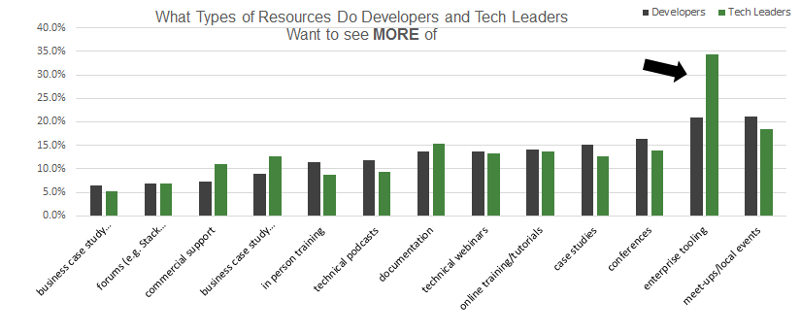The Node.js Foundation recently conducted an expansive user survey to better understand Node.js users (you, or maybe you :). We were interested in getting a better sense of the type of development work you use Node.js for, what other technologies you use with Node.js, how the Node.js Foundation can help you get more out of Node.js, how you learn new languages, and more.
We were really excited that over 1,700 people took the survey, which was open for 15 days from January 13 to January 28, 2016. Thank you for those that participated.
In addition to revealing interesting insights about the current state of play and trends in development, the survey provided important information to help The Node.js Foundation be even more successful in our mission “to enable widespread adoption and help accelerate development of Node.js and other related modules.”
The report, which you can download here, provides charts with detail on demographic information about Node.js users and that break down the other languages and tech they use according to the type of dev work they do.
A couple highlights/takeaways that we found particularly interesting are:
-
Interesting Findings in IoT: IoT developers using Node.js have more experience than their front end and back end counterparts, tend to use different languages in addition to Node.js, and tend to use more Node.js across their stack
-
Node.js Pervasive in Enterprises: More than 45 percent already using the Node.js Long Term Support release (v4) geared toward medium to large enterprise users, and enterprise tooling is in high demand.

-
Node.js and Containers Take Off: Both Node.js and containers are a good match for efficiently developing and deploying microservices architectures.
-
Full “MEAN” Stack Explodes: Real-time, social networking and interactive game applications use MongoDB, Express, Angular.js and Node.js to address concurrent connections and extreme scalability.
Of course, we’d really love to hear what you find most interesting/surprising in these results. We’re also planning to do another survey later this year, so please let us know what questions you’d like us to include.
This blog originally appeared on Medium.



